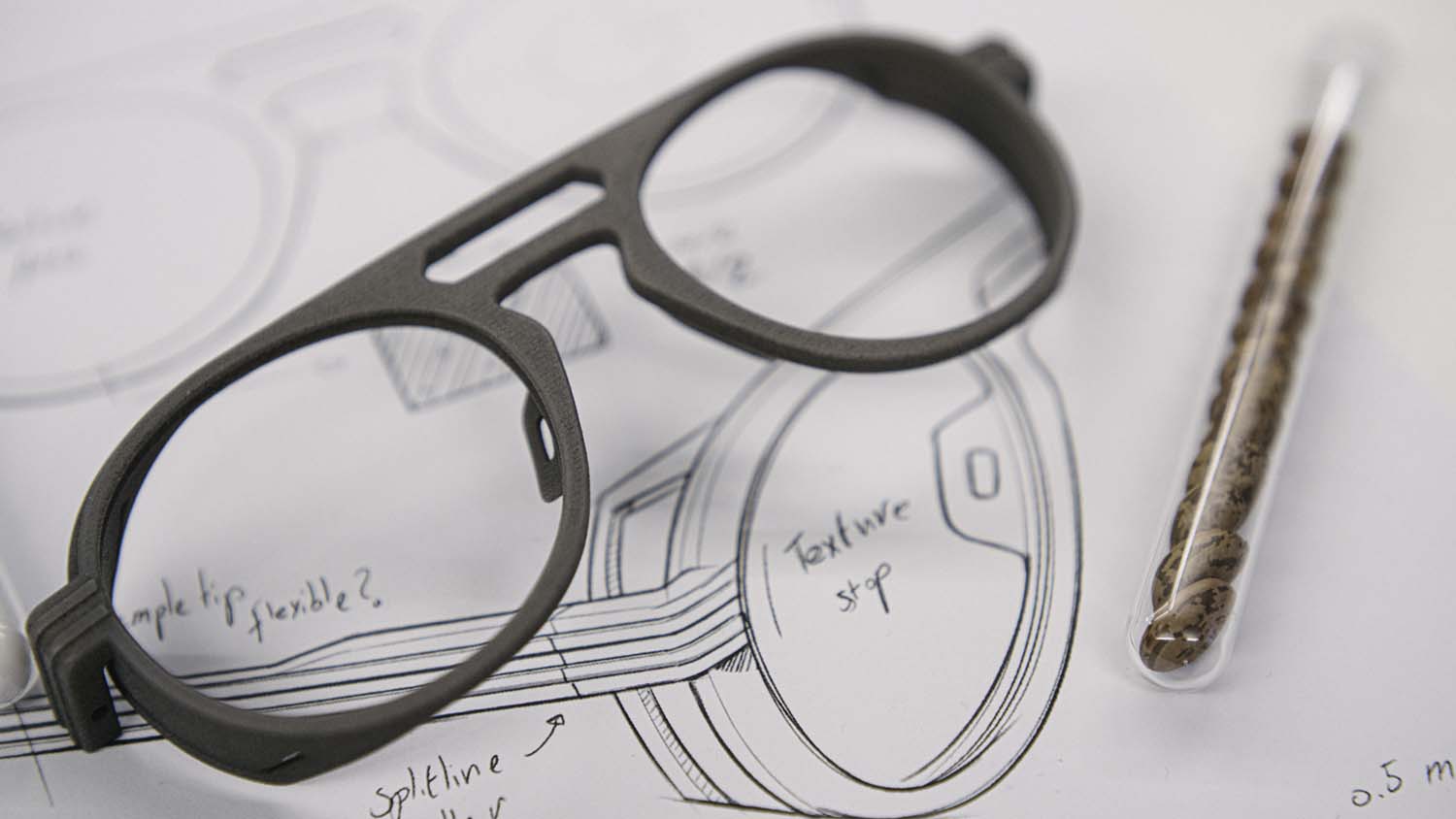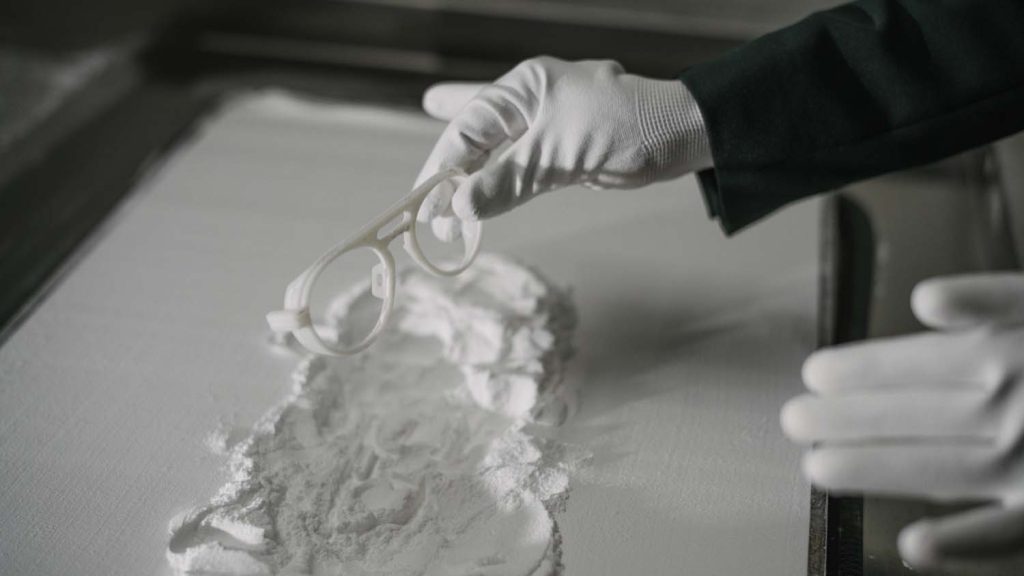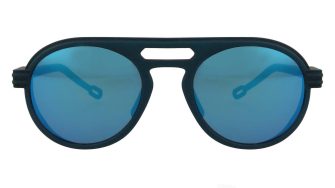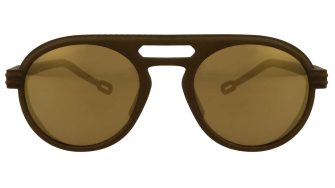Materialise has announced an expansion of its range of materials, including bio-based Ultrasint PA11, which will be used by Odette Lunettes to create its sustainable eyewear designs.
The Belgian 3D printed solutions provider Materialise said PA11 has been integrated to address overproduction in the fashion industry, and meet the expectation of environmentally conscious customers.
Ultrasint PA11 is a 100% bio-based polymer, made from castor beans, which has been chosen by the Belgian eyewear brand Odette Lunettes for its new collection of sustainable eyewear, 3D printed in collaboration with Materialise, and guided by the expertise of former cycling world champion Tom Boonen.
“3D printing is ideal to create a technical sports frame without compromising on the design we had in mind”, said co-founder of Odette Lunettes Eline De Munck.
“On top of that, you can personalise the design. With our ‘Odette Lunettes X Tom Boonen’ collection, consumers can choose the colour and the size of their frame.”
The Odette Lunettes X Tom Boonen collection was designed to be suited to sport without compromising on style, and offers a unisex frame available in two sizes and three colours.
Odette Lunettes said the key benefit of 3D printing is the possibility to offer consumers the chance to select their size and colour, which allows mass customisation without costly up-front investments or stock risks.
As fast fashion is based on forecasts and anticipated demand, overproduction has become the fashion industry’s biggest environmental challenge.
3D printing can tackle it by offering the opportunity to print small product series on-demand and cost-effectively.
Moreover, the traditional subtractive manufacturing method for eyewear uses more material than needed, creating waste that can be avoided by adopting AM.
“Eyewear doesn’t just need to look good, it needs to be produced in a way that reflects the brand and the consumer’s sustainability mindfulness”, says the business development director at Materialise Alireza Parandian.
“With 3D printing, the waste-minimising nature of the additive process already offers clear environmental and economic benefits. Using a material like PA11 has the potential to magnify these advantages.”

Odette Lunettes said that 3D printing also offers greater design freedom, enabling shapes, structures, fit and forms that are physically or financially unviable with traditional manufacturing technologies, as well as production flexibility, advancing the personalisation trend in eyewear.
The eyewear brand also said AM allows to cut production times from six to just one month and offers significant cost benefits, as it offers to opportunity to validate new designs without undertaking full production runs.
“With its speed, flexibility and digital-first DNA, 3D printing provides radical competitive advantages for eyewear brands,” said Parandian.
“It empowers start-ups, supports new business opportunities and allows companies of all sizes to create new designs, test market appetite, and scale-up production with minimum risk.”
By generating less waste and consuming minimum energy across the supply chain, a business model of 3D printing eyewear can put sustainability in clear focus.









